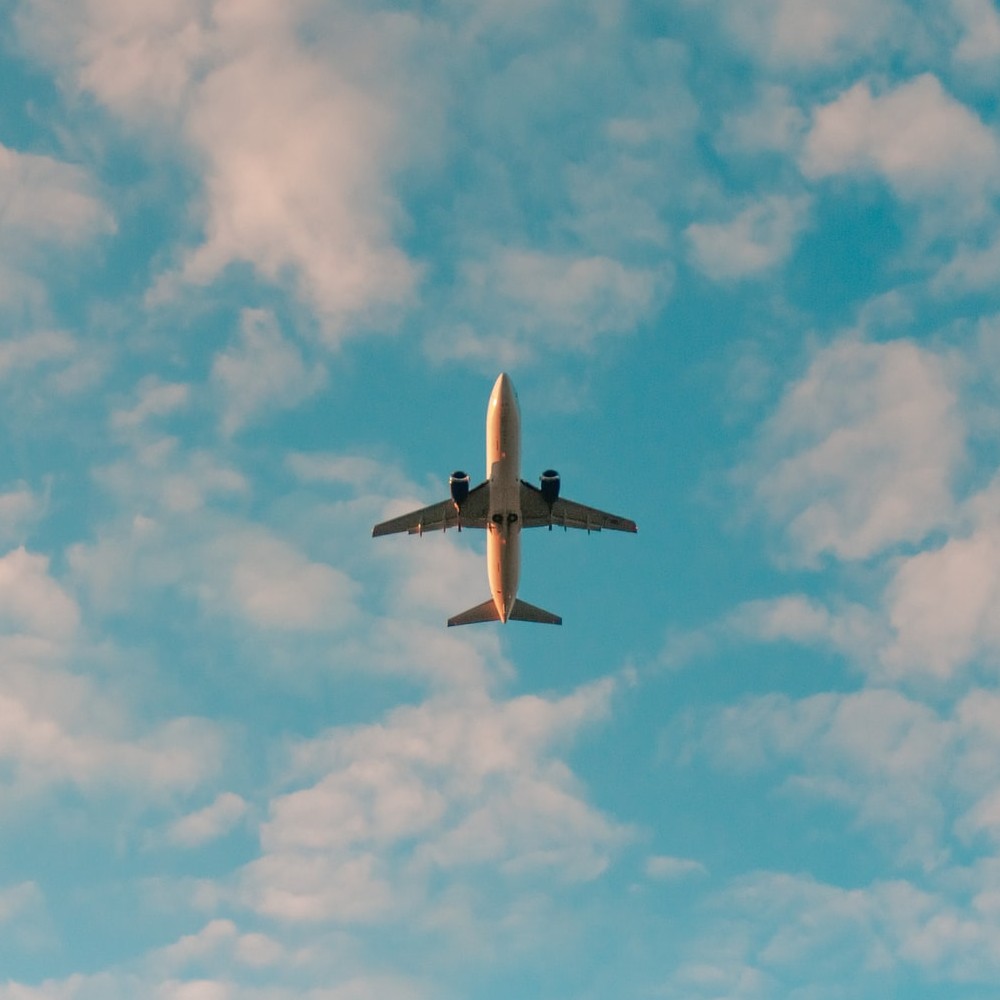Published:
On Monday, November 8, the United States lifted COVID-19 restrictions that kept many international travelers out of the country for 20 months, a possible indicator of the rebound of the international travel industry. As of November 8, the majority of those entering the United States will be required to show proof of vaccination as well as a negative COVID-19 test. The United States is just one of the many countries that will require proof of vaccination upon entry. Other common requirements for travel in a COVID-19 conscious world include a brief quarantine period or a negative COVID-19 test upon entry, although restrictions can vary widely by country. To read a blog post about the United States opening its borders, click here.
In the midst of this rapidly changing landscape of international travel, the travel industry is working to rebound. Let’s take a look at the travel trends during and post-pandemic in two key areas of the industry - airlines and hotels - as well as how business and leisure travel will be impacted differently.
In the airline industry, one hurdle on the path to recovering from the pandemic is long-term debt. Airline companies are facing a burden of debt that is unprecedented in nature. Furthermore, costs such as retraining pilots and preparation of aircraft will lessen the financial benefits of the comeback of air travel. Industry experts recommend immediate actions to address the debt, such as restructuring financial strategy, raising equity, and investing in projects focused on growth and profitability. In more optimistic news, the pandemic has led to innovation in health and safety in the industry, from enhanced sanitizing procedures to new identification processes.
In the hotel industry, the return of leisure travelers throughout the spring and summer was good for occupancy rates. The U.S. hotel occupancy rate was 69.6 percent in July 2021 - the highest it has been since August 2019. However, the slow return of business travel is concerning for the industry as winter approaches. Corporate travel accounts for over half of revenue in the hotel and lodging industry.
Finally, a closer look at business and leisure travel. As mentioned above, while leisure travel is bouncing back even more quickly than expected, business travel is likely to see a lasting decline from the pandemic. Firms have invested in the technology to conduct business without extensive travel and have experienced the cost savings associated with keeping employees in one spot. While leisure travelers are more likely to dive back into international travel as restrictions are loosened, businesses are seeing the impact of lower travel costs on profits and will be more hesitant to encourage business travel in the future.
The travel industry has been impacted severely by the COVID-19 pandemic and the accompanying restrictions and regulations on both international and domestic travel. It appears the effects of this disruption will be lasting. As vaccines continue to roll out across the globe and some restrictions are lifted, it will be necessary to continue to watch the travel industry for further signs of a rebound and other indicators of future trends.
File under






